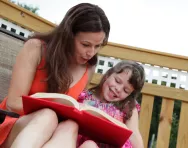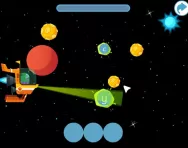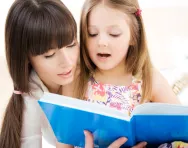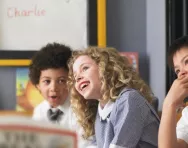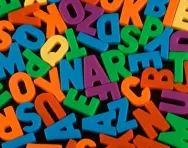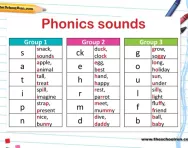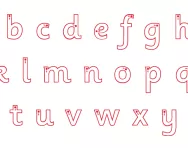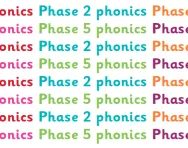TheSchoolRun.com closure date
As we informed you a few months ago, TheSchoolRun has had to make the difficult decision to close due to financial pressures and the company has now ceased trading. We had hoped to keep our content available through a partnership with another educational provider, but this provider has since withdrawn from the agreement.
As a result, we now have to permanently close TheSchoolRun.com. However, to give subscribers time to download any content they’d like to keep, we will keep the website open until 31st July 2025. After this date, the site will be taken down and there will be no further access to any resources. We strongly encourage you to download and save any resources you think you may want to use in the future.
In particular, we suggest downloading:
- Learning packs
- All the worksheets from the 11+ programme, if you are following this with your child
- Complete Learning Journey programmes (the packs below include all 40 worksheets for each programme)
You should already have received 16 primary school eBooks (worth £108.84) to download and keep. If you haven’t received these, please contact us at [email protected] before 31st July 2025, and we will send them to you.
We are very sorry that there is no way to continue offering access to resources and sincerely apologise for the inconvenience caused.
Phonics and sounds explained
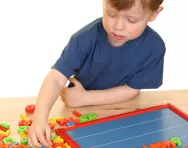
What are phonics sounds?
When your child learns to read, they will be taught the sounds that letters make on their own as well as in different groups. For example, the letters ‘s’ and ‘h’ have their own individual sounds, but when put together as /sh/, a new sound is created.
Your child will learn blends like /sh/, /ai/ and /ck/, as well as how to synthesise all the sounds together to make words (blending). This is also called sounding out, which is the method your child will use as they read words they’ve not come across before.
In phonics, it's important to pronounce "pure sounds": for example, the sound /m/ is pronounced 'mmmm' and not 'muh' or 'em'. This makes it much easier for children to blend sounds together to read.
How will my child learn phonics sounds?
Each school will have its own phonics scheme. Two learning programmes that are commonly used are Jolly Phonics and Letters and Sounds. While the two are separate programmes, the methods are sometimes combined in the classroom.
They key for your child is to be able to recognise which sounds (phonemes) go with which individual letters and letter combinations (graphemes), and to begin understanding spelling rules. You can help them review the phonics sounds using our handy guide.
Encourage your child to recognise sounds by turning it into a game; for example, spot objects on the way to school and list the sounds in their names!
Find out more about how and why phonics is taught, straight from the experts. You can also download phonics worksheets to help your child practise at home.
Phonics sounds songs
We love these animated monster songs (very catchy!) to help with revising and teaching letter sounds.

